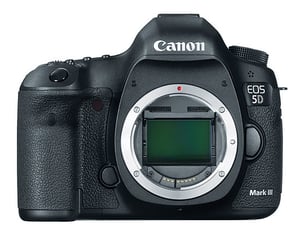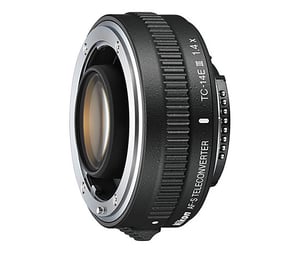Just a few years ago, if you wanted more saturated colors in your landscapes or any other sort of photography, there was one basic adjustment to apply - saturation. Especially for beginner photographers, the Saturation slider in Photoshop was one of the most useful tricks to learn and seemed to...
Concert Photography Tips
I was recently asked how many concerts I've photographed, and realized that it is coming up on thousand in the last 15 years. Any given week you can find me shooting anything from a 20 person house concert to The Who in a 30,000 seat arena, and anywhere in between....
Nikon SB-500 Review
The Nikon SB-500 speedlight was announced in September of 2014 together with the Nikon D750 and Nikkor 20mm f/1.8G lens. Sitting above the compact SB-300 and below the larger and more powerful SB-700, the SB-500 is targeted at beginners and enthusiasts, who want something more capable than a built-in flash...
Infrared Lens Rating on Reviews
I have been a fan of infrared photography for a while now (largely thanks to Bob Vishneski's amazing infrared work), but I have not had a chance to explore that side of photography yet. After I bought the D810 to replace the D800E, I first thought about selling the D800E....
Camera Maintenance: Is Proactive Maintenance Worth It?
One of our readers, who is a very busy professional wedding photographer, asked me if proactive maintenance with the manufacturer is worth the money or not. After a busy wedding season, she sent one of her Canon 5D Mark III cameras to Canon service center for cleaning. Shortly after the...
Nikon TC-14E III vs TC-14E II Performance Comparison
I am currently in the process of testing the Nikkor 400mm f/2.8E FL lens in my Imatest lab and I am simultaneously also measuring the performance of the new Nikon TC-14E III teleconverter and comparing it to the older TC-14E II. Although I am planning to review the teleconverter separately,...
Creating a Family Legacy for the Holiday Season
The holiday season is one that most of us cherish and look forward to each year. It is a time for many of us to spend time with family and friends, and celebrate those things that we hold dear. Since we were first married my wife and I have used...
On Comparing Cameras and Sensors
It reminds me of Goldoni's "Servant of Two Masters"; only masters are now more than two and quite often they are not only capricious but they do not know what they want. First, any comparison is open to critics because even in a well-equipped lab it is impossible to repeat...
High-Contrast B&W With Lightroom
A while ago, I wrote an article on low-contrast B&W conversions with Lightroom. After reading through some of the responses the article received, I was pleasantly surprised that so many of our readers actually prefer the low-contrast look over the ever-popular high-contrast conversions. That is not to say high-contrast B&W...
Microsoft Surface Pro 3 Banding and Calibration
Just like Romanas, I love my Microsoft Surface Pro 3 (in fact, I was the one who convinced Romanas to get one after my experience with the Surface Pro 2 and eventually 3rd generation). Although Romanas has already put a lot of great information in his excellent in-depth review, there...









